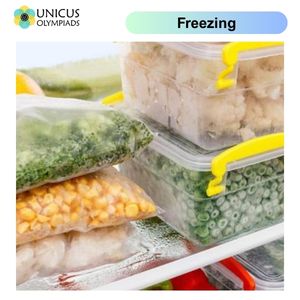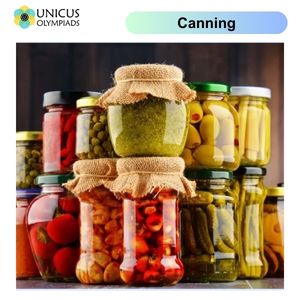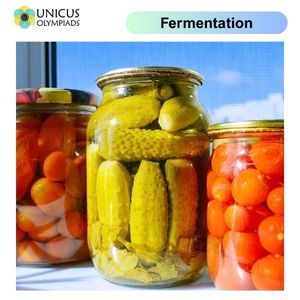

Food preservation is an essential practice to ensure food safety, extend shelf life, and reduce food waste. While many traditional preservation methods involve the use of heat or chemicals that may alter the nutritional content of food, several modern preservation techniques aim to preserve food without compromising its nutrient value. These methods focus on slowing down the natural processes of spoilage, such as microbial growth, oxidation, and enzymatic activity, while maintaining the food’s flavor, texture, and nutritional integrity. In this article, we explore various food preservation methods that help retain nutrients and protect food from spoilage.
Freezing is one of the most popular and effective methods of preserving food. It works by slowing down the growth of microorganisms and inhibiting the activity of enzymes that cause food to deteriorate. Freezing preserves the natural taste, texture, and nutritional value of food, making it an excellent choice for long-term storage.

Canning is a preservation method that involves sealing food in airtight containers and heating them to kill microorganisms that cause spoilage. While the heat used in canning can cause some loss of nutrients, particularly heat-sensitive vitamins like vitamin C and B vitamins, it can still be an effective way to preserve food while retaining a significant amount of its nutritional value.

Dehydration is another method used to preserve food by removing its water content, which helps inhibit the growth of bacteria, molds, and yeasts. This method is commonly used for fruits, vegetables, and meats. By reducing the moisture content of food, dehydration prevents spoilage and extends the shelf life of the food. Dehydration can preserve many of the nutrients in food, though some sensitive vitamins may be affected.

Fermentation is a method of food preservation that relies on beneficial microorganisms, such as bacteria, yeast, and molds, to produce desirable flavors, textures, and preservation qualities. This method has been used for centuries to preserve foods like yogurt, sauerkraut, kimchi, and pickles. Fermented foods are rich in probiotics, which promote gut health and can offer several health benefits.
